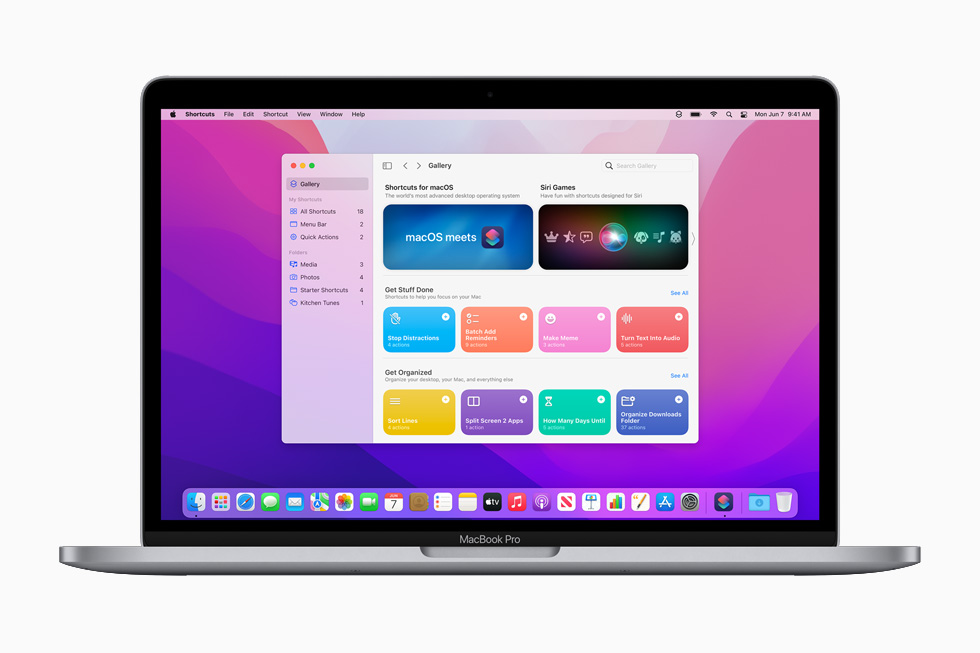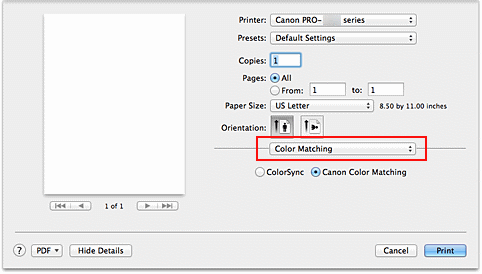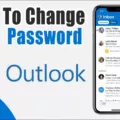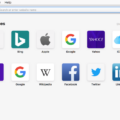Have you ever encountered a situation where your computer’s password and Finder are asking for a password to make changes? This can be a frustrating experience, especially if you are unsure why it is happening. In this article, we will explore the possible causes of this issue and provide you with some solutions to resolve it.
One of the common reasons for your computer’s password and Finder asking for a password is when your keychain is locked automatically due to inactivity. The keychain is a system in macOS that securely stores your passwords, encryption keys, and other sensitive information. When your computer has been inactive for a certain period of time, the keychain may lock as a security measure. To unlock it, simply click on the lock icon at the bottom right of your screen, enter your password, and the lock should be unlocked.
Another possible reason for this issue is when your user password and keychain password are out of sync. The keychain password is separate from your user password and is used to encrypt and protect your keychain data. If these two passwords are not synchronized, you may encounter the password prompt when trying to make changes in Finder. To resolve this, you can try resetting your keychain password or updating it to match your user password.
To reset your keychain password, you can follow these steps:
1. Open the “Keychain Access” application, which can be found in the “Utilities” folder within the “Applications” folder.
2. From the menu, select “Preferences” and then click on the “Reset My Default Keychain” option.
3. Enter your user password when prompted and follow the on-screen instructions to complete the reset process.
If resetting the keychain password does not resolve the issue, you can try updating it to match your user password. Here’s how:
1. Open the “Keychain Access” application.
2. From the menu, select “Keychain Access” and then click on “Preferences.”
3. In the “General” tab, click on the “Reset My Default Keychain” button.
4. Enter your current password and click on “OK.”
5. Your keychain password will now be updated to match your user password.
In some cases, the issue may be related to a specific account or internet accounts on your computer. You can try removing and re-adding the account to see if it resolves the problem. Additionally, managing Safari cookies and adjusting the security settings in your Google account can also help resolve the issue.
If you are using content blockers or other security software on your computer, they may interfere with the authentication process and cause the password prompt in Finder. Temporarily disabling these blockers or adjusting their settings can help identify if they are the culprit.
Encountering a situation where your computer’s password and Finder are asking for a password to make changes can be frustrating. However, by following the steps outlined in this article, you should be able to resolve the issue and regain access to your computer without any further inconvenience.

Why Does Your Mac Keep Asking For Your Password to Make Changes?
There may be several reasons why your Mac keeps asking for your password to make changes. Here are the possible causes:
1. System Preferences: When you try to modify certain settings in System Preferences, your Mac requires authentication to ensure that only authorized users can make changes that affect the system as a whole. This is a security measure designed to protect your computer from unauthorized access or changes.
2. Software Installation: Whenever you try to install new software or update existing applications, your Mac asks for your password to authenticate the action. This helps prevent malicious software from being installed without your knowledge or consent.
3. Keychain Access: The Keychain is a built-in password management system on your Mac that securely stores your passwords for various applications and services. If your computer’s keychain password and your user password are out of sync, your Mac may prompt you to enter your password repeatedly to access the keychain and unlock it.
4. Automatic Locking: Your Mac may automatically lock your keychain and require your password if the computer has been inactive for a certain period of time. This is a security feature that prevents unauthorized access to your sensitive data when you step away from your computer.
To resolve the issue, try the following solutions:
– Ensure that you are entering the correct password. Pay close attention to uppercase and lowercase letters, and make sure that the Caps Lock key is not activated.
– Verify that your user password and keychain password are the same. If they are not, you can change your keychain password to match your user password.
– Adjust the automatic locking settings in the Security & Privacy preferences to reduce the frequency of password prompts.
– If the issue persists, you can try resetting your keychain. Keep in mind that this will delete all your saved passwords, so make sure to have a backup or be prepared to recreate them.
If none of these solutions work, it is recommended to seek further assistance from Apple Support or a certified technician to troubleshoot the problem.
How Do You Stop Finder From Asking For Password?
To stop Finder from asking for a password, you can follow these steps:
1. Go to the Apple menu at the top left corner of your screen and select “System Preferences.”
2. In the System Preferences window, click on “Security & Privacy.”
3. In the Security & Privacy settings, navigate to the “General” tab.
4. At the bottom right, you will see a lock icon. Click on it and enter your password to unlock the settings.
5. Once unlocked, your computer name should be selected/highlighted.
6. Click on the “Advanced” button located at the bottom right of the window.
7. A new window will appear with additional options. Deselect the checkbox that says “Disable automatic login.”
8. Close the Advanced window and lock the settings by clicking on the lock icon again and entering your password.
By following these steps, you will effectively stop Finder from asking for a password. This will allow you to access files and folders without having to enter your password each time.
How Do You Find Your Finder Password On Mac?
To find your Finder password on a Mac, you can follow these steps:
1. Click on the Apple menu () located in the top-left corner of your screen.
2. From the drop-down menu, select “System Preferences.”
3. In the System Preferences window, click on the “Security & Privacy” icon.
4. Within the Security & Privacy settings, click on the “General” tab.
5. Look for the “Require Password” option and click on the “Change Password” button next to it.
6. You will be prompted to enter your current password. Enter the password and click “OK.”
7. A new window will appear, allowing you to change your password. You can enter your new password and confirm it by typing it again in the “Verify” field.
8. After entering your new password, you can add a hint to help you remember it if needed. This is optional but can be useful.
9. Once you have entered all the required information, click on the “Change Password” button to save your new Finder password.
By following these steps, you will be able to find and change your Finder password on your Mac. It is important to keep your password secure and remember it to ensure the safety of your files and data.
How to Stop Google From Asking For Your Password On Your Mac?
To stop Google from constantly asking for your password on your Mac, you can try the following solutions:
1. Delete the keychain entries: Open the Keychain Access app, search for “Google,” and delete any entries related to Google accounts. Restart your Mac and check if the issue persists.
2. Remove and re-add the account: Go to System Preferences > Internet Accounts, select your Google account, and click the “-” button to remove it. Then, click the “+” button to add it back and re-enter your login credentials.
3. Disable the Internet accounts: Open System Preferences and go to Internet Accounts. Uncheck the box next to “Enable this account” for your Google account. Restart your Mac and enable the account again.
4. Deal with Safari cookies: Open Safari, go to Preferences > Privacy, and click on “Manage Website Data.” Search for Google-related cookies and remove them. Then, restart Safari and try logging in to your Google account again.
5. Change the security settings in Google: Visit the Google Account Security page (myaccount.google.com/security), sign in with your Google account, and review the security settings. Disable any unnecessary security features that may be causing conflicts.
6. Check if authentication work is being done on a single account: If you have multiple Google accounts logged in, try logging out of all except the one you’re actively using. This can help avoid authentication conflicts.
7. Deal with content blockers: If you have any content blockers or privacy-related extensions installed in your browser, try disabling them temporarily or whitelist Google’s websites. Sometimes, these extensions can interfere with Google’s authentication process.
8. Update macOS and Google apps: Make sure you have the latest versions of macOS and Google apps installed on your Mac. Outdated software can sometimes cause compatibility issues.
9. Clear browser cache: If you’re using a browser other than Safari, clear its cache and cookies. This can help resolve any temporary issues that may be causing the password prompt.
10. Contact Google support: If none of the above solutions work, it’s recommended to reach out to Google support for further assistance. They may have specific troubleshooting steps or insights tailored to your issue.
Remember to try these solutions one at a time and check if the problem is resolved after each step. Hopefully, one of these methods will help you stop Google from asking for your password repeatedly on your Mac.
Conclusion
Managing passwords is an essential aspect of maintaining online security and protecting sensitive information. It is crucial to create strong and unique passwords for each account and regularly update them to minimize the risk of unauthorized access.
Furthermore, utilizing a password manager or keychain can greatly simplify the process of managing multiple passwords, ensuring they are securely stored and easily accessible when needed. By using these tools, users can avoid the hassle of remembering numerous complex passwords and reduce the chances of forgetting or misplacing them.
In the event of encountering the “Google Password Required” error on macOS 10.15, there are various troubleshooting steps that can be taken. These include deleting keychain entries, removing and re-adding the account, disabling internet accounts, dealing with Safari cookies, adjusting security settings in Google, and addressing authentication and content blocker issues.
By implementing these solutions and following best practices for password management, individuals can enhance their online security and safeguard their personal information from potential threats. It is important to stay vigilant and proactive in maintaining strong passwords and staying informed about the latest security measures to ensure a safe and secure online experience.








